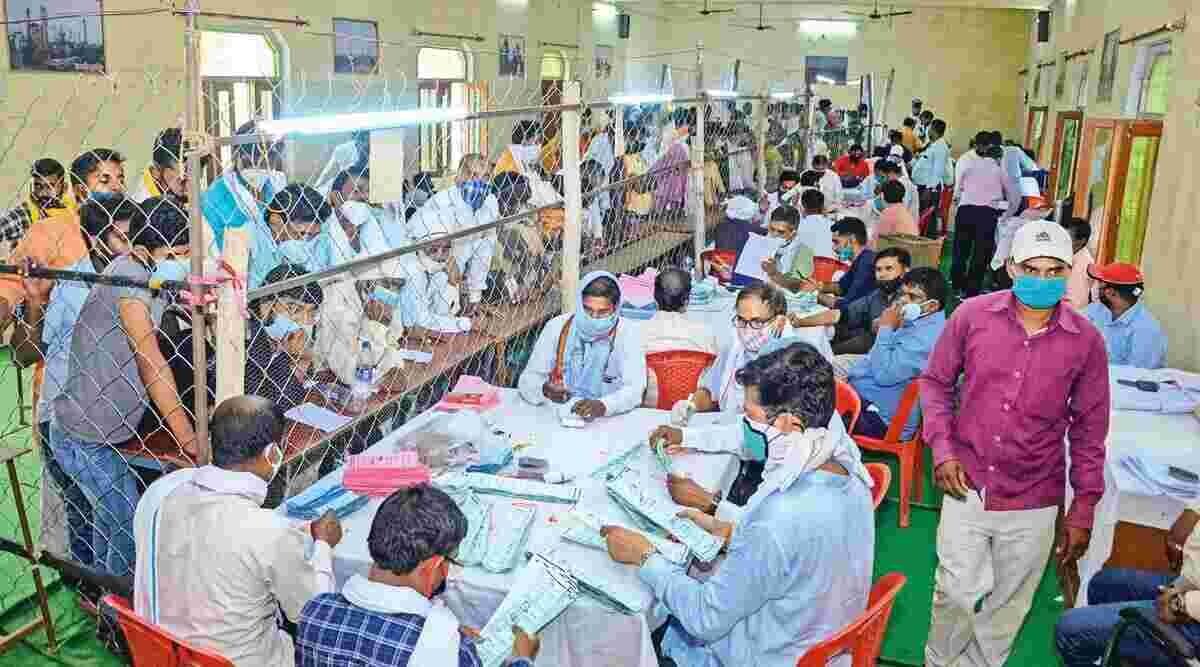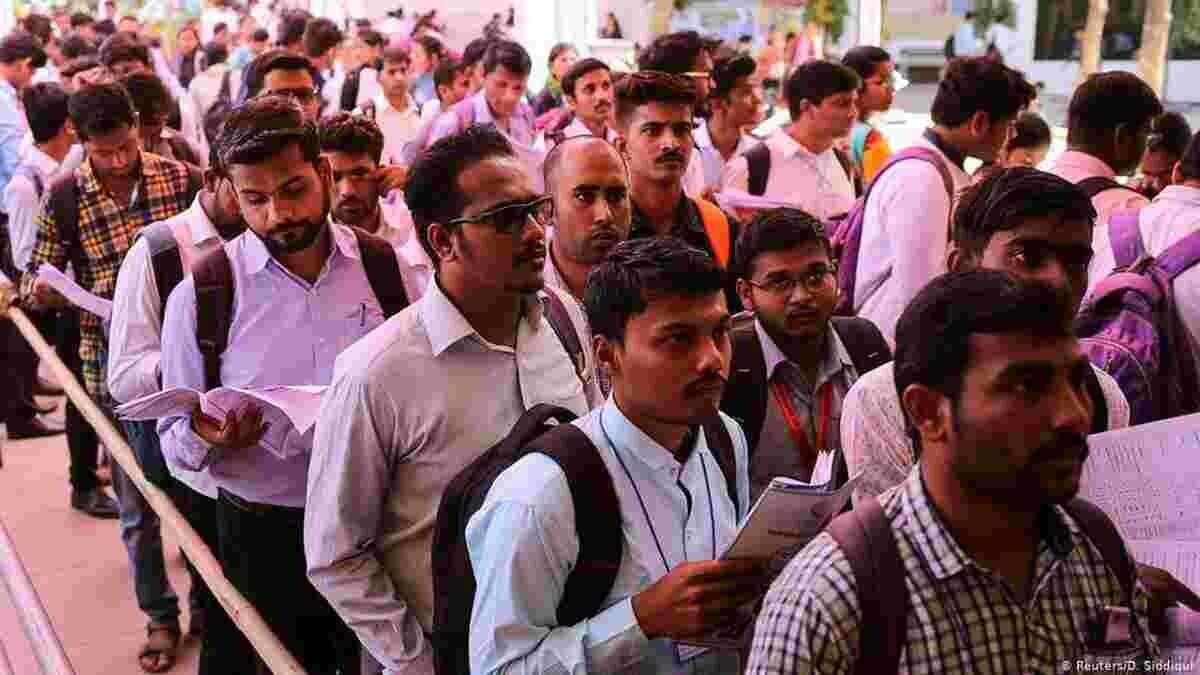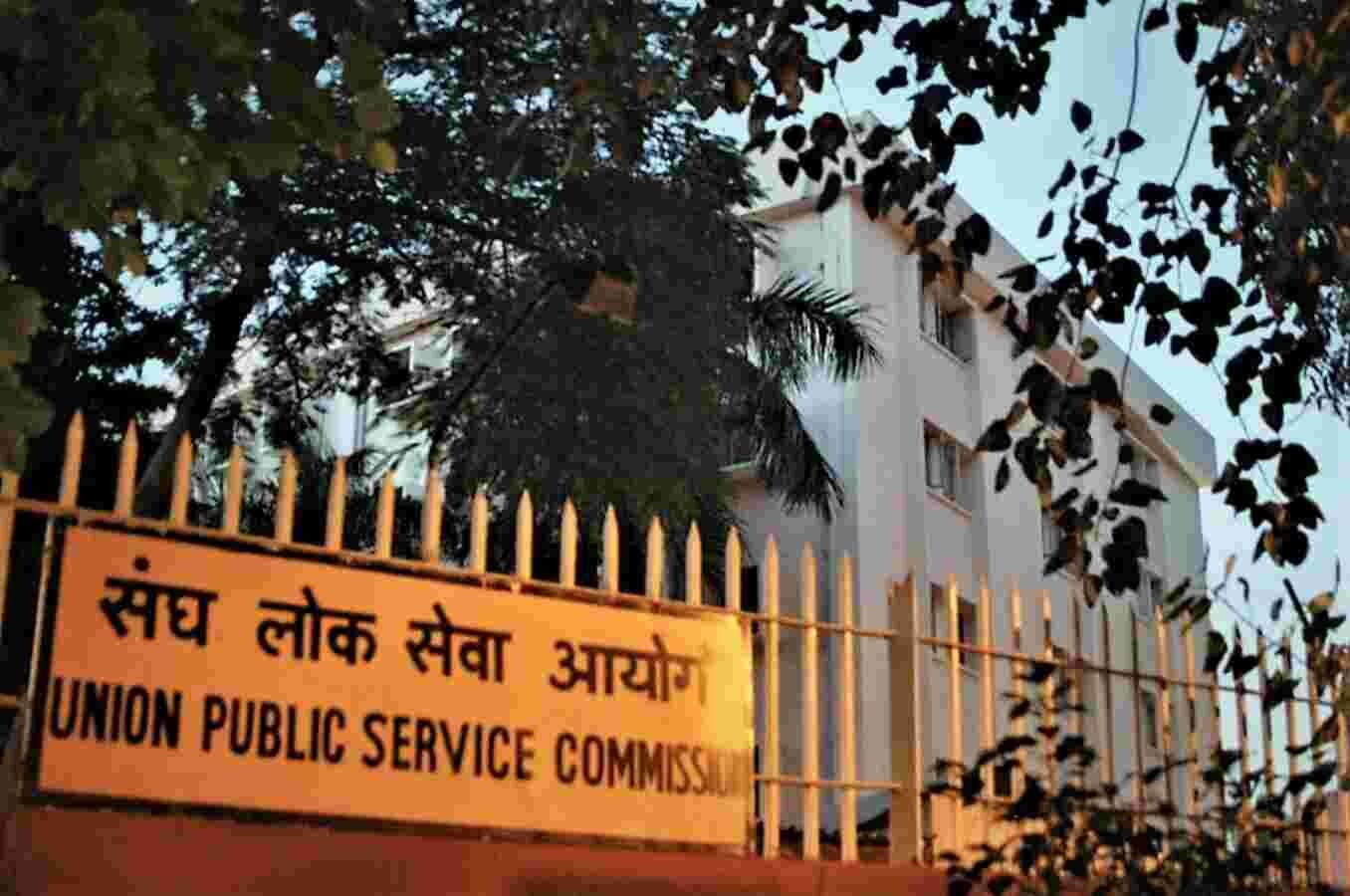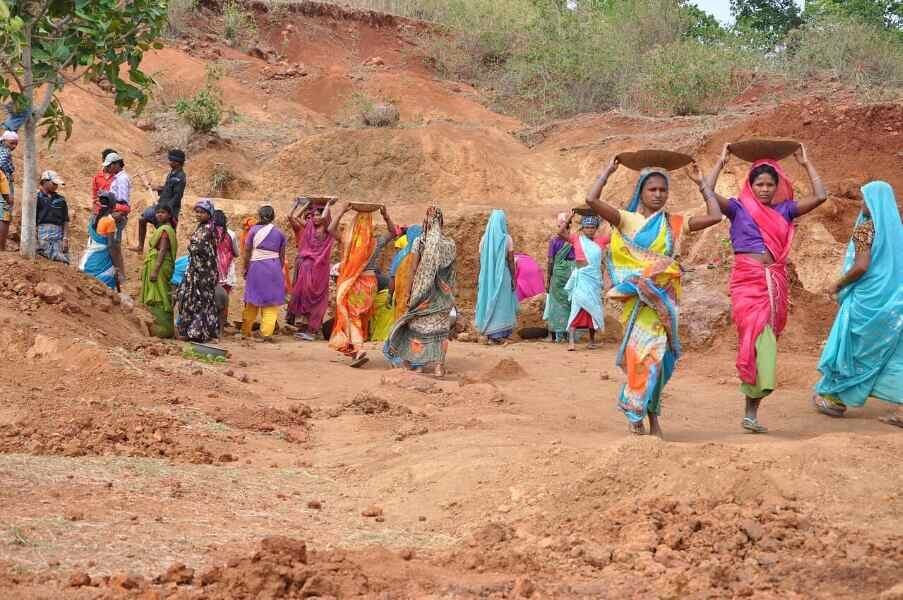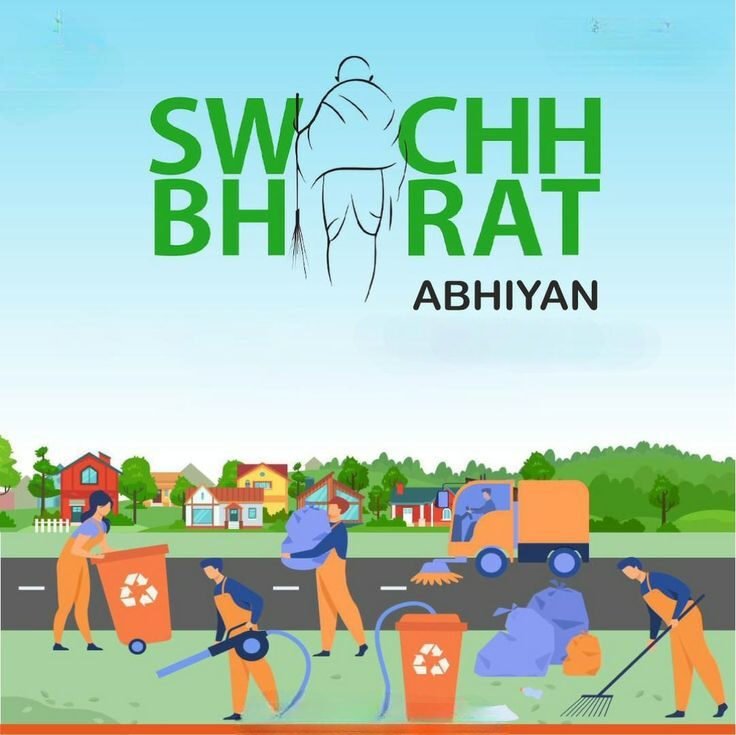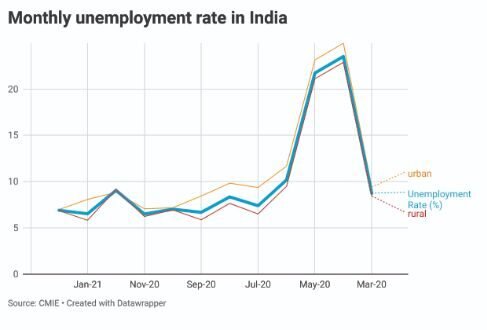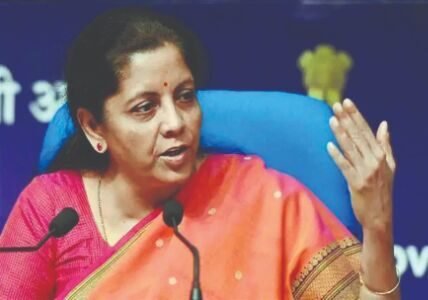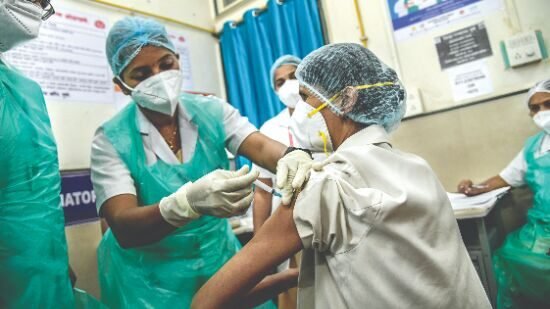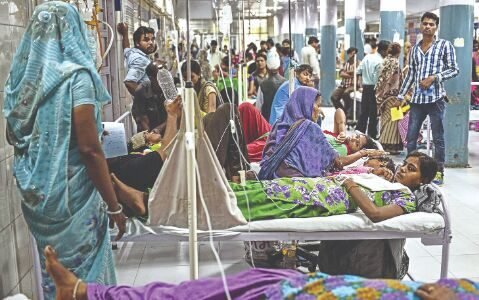Decentralised governance
Direct elections to the post of ZP chairperson and proper devolution of resources could ensure smooth delivery of public services and reduce corruption
The recent elections to the post of chairman of Zila Parishad in UP made me think about the reality and the possibilities of decentralisation of governance through the third tier of government. I was disturbed by the allegations of use of money power, muscle power and partisan attitude of the local government officers in the indirect election. Such a perception about the election process demeans the office of the chairman and also puts a question mark on the functioning of the third tier of government. An immediate solution to this kind of situation would be to carry out an amendment in the relevant Act and go in for direct elections to the post of chairman. This will give much more stability, credibility, legitimacy and accountability to the institution and also enable the third tier to function in a manner that the 73rd constitutional amendment has envisaged.
I recall that in 1980, I was posted as an administrator of a municipal corporation in Uttar Pradesh and, after one year of my tenure, the elections to the post of corporators and mayor were held. At that time the mayor was elected through an indirect election where the corporators were the voters. I personally witnessed the money power that was used to buy votes by the contestants, and the person who won was reputed to have spent a fortune. Almost immediately after taking the charge, the mayor began to look for avenues to recover his investment and this led to a clash between us. I am not commenting on any one individual but on the system. Indirect elections always tend to bring in these imperfections. A direct election is always a much better alternative. Later on, the Act was amended and we began to have direct elections to the post of mayor in UP. This brought about a big change in the entire system. The mayors today are true representatives of people and have much more acceptance in the society. In fact, more powers should be devolved on the mayor to make him/her the actual leader of a municipal corporation with full accountability to the people. In a similar manner, if direct elections are held for the post of the chairman of Zila Parishad, the elected person would become a genuine representative of the people and local governance will be empowered. I also feel that this system could lead to more people of talent and leadership quality contest for the elections. With this amendment, the institution of the chairman of Zila Parishad would become much more powerful and responsible towards people. I foresee that there could be opposition to this from the bureaucracy. The elected members of the legislature and parliament may also oppose it because the chairman of ZP would be directly elected by a larger vote base than them.
The 73rd amendment in 1992 provided for a three-tier Panchayat system at the village level, intermediate level and district level. This was specifically meant to give these institutions the required status and dignity of viable and responsive people’s bodies. Article 40 of the constitution had laid down, as part of the directive principles of state policy, that every state shall organise village Panchayats and endow them with such power and authority as may be necessary to enable them to function as units of self-government. However, due to the absence of regular elections, insufficient representation of weaker sections and women, inadequate devolution of powers and lack of financial resources, these institutions have not been able to fulfil their role.
As a consequence of 73rd amendment, the three tiers of local self-government have come into existence in most states but the level to which the functions, functionaries and finances that have been devolved to them vary from state to state. States like Karnataka and Maharashtra have set examples of a much higher devolution of power than Uttar Pradesh and Bihar. However, almost all states now have a state election commission which ensures that regular elections to these three tiers are held; the earlier practice of keeping these institutions in a state of suspension is no longer possible. This, by itself, is a major change. The election process gives due representation to women, scheduled castes and scheduled tribes and weaker sections to make them truly representative of the society. Most states have also constituted a state finance commission which decides upon the percentage of state resources that would be transferred to the urban and rural local bodies. In UP, 15 per cent of the state resources are transferred to these local bodies even though successive state finance commissions have recommended a higher percentage. There is indeed a pressing need for such a step.
True decentralisation of power would lead to definite improvement in the delivery of public services to the people. For example, Uttar Pradesh has close to two lakh elementary schools. It is humanly impossible for a state-level secretary or a director or a district-level education officer to monitor the functioning of the village schools. This can be best done by the local village Panchayat. The same is true for ICDS nutrition centers and health sub-centers and other local-level development schemes. This is only possible if local self-government institutions have the power over the functionaries of concerned departments. Practically, departments do not allow this to happen and the government employees threaten to go on strike if put under the jurisdiction of the Panchayats. State governments are not very keen on allowing the Zila Parishad to plan for the development of the district. There is a district planning committee which formulates district plans but, at least in UP, I found that these plans do not find a place in the state budget. I found that schemes which are to be a part of the district plan are identified but very often resources are allocated on the basis of decisions taken at the state level. The ideal situation should be that a fixed percentage of the state budget should be allotted for district plans as drawn up by the Zila Parishads. The ZP should prepare these plans on the basis of plans prepared by the village and intermediate Panchayats. Further, the village panchayat and other tiers have the powers of local taxation as per article 243 H of the constitution but internal revenue at the national level is barely four per cent of their total revenues. There is a case for these institutions to raise their internal revenues. Today, a major part of the revenue comes from devolution from state finance commission and central finance commission. Also, in a lot of schemes, funds are now being directly sent to the Panchayats, making it possible for them to spend on local needs. However, this has also created a situation where there are allegations of corruption against the elected members of the local government. These institutions need to be mentored and nurtured with patience so that they become genuinely accountable to the people. To control corruption, the mechanisms of local fund audit, social audit and having an ombudsman for a cluster of villages can certainly help.
It is in the interest for better governance to devolve funds, functionaries and functions to the local self-government institutions with a system of audit and oversight agencies to see that the funds are spent properly. To make this happen, direct elections to the post of chairman of ZP are also necessary. It will need a lot of vision on the part of the political parties and support of the bureaucracy to make these three tiers of government genuine institutions of decentralised governance.

